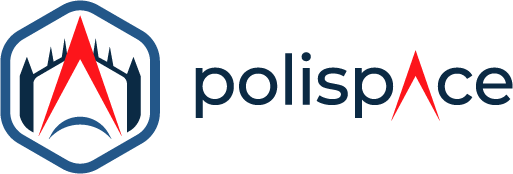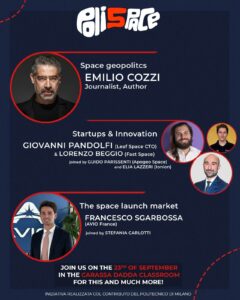We all know space is not exactly easy to deal with. With phrases like “it’s not rocket science” or “shoot for the stars” it’s even become general culture to hold its challenges in high regard! That said, looking it from a more technical perspective does not soften the blow. Space is harsh. Microgravity affects everything from fluid dynamics to conventional operation of mechanical systems. Radiation, which our planet’s magnetic field and atmosphere generally protects us from, can directly impact bodies in the vacuum of space causing severe damage. The lack of an atmospheric pressure also causes outgassing and sudden decompression of non-sealed gases. Extreme temperature deltas are created by the lack of conduction and convection, causing surfaces in direct sunlight to heat up whereas those in shadow drop to freezing temperatures. It really is not a very welcoming environment. But when has that ever stopped us?
Driven by our never-ending curiosity, we have taken people to space. In fact, we’ve studied how to do so safely that we are even coming close to space tourism and commercial space flights! That does not mean, however, that space is suddenly safe for people. After all, we must protect our incredibly fragile self from the unrelenting difficulties of space. We are not exempt from all the previously mentioned effects and conditions. If anything, they tend to be even harder on us! So, we need to protect ourselves, much like we protect spacecraft. To do so, astronauts utilize space suits. These serve to protect them from radiation, keep them in an insulated and pressurized environment, control temperatures and fluids, and a myriad of other things. In doing so, they allow us to not only inhabit closed quarters of spacecrafts, but also do incredible things like walking on the moon or floating through space!
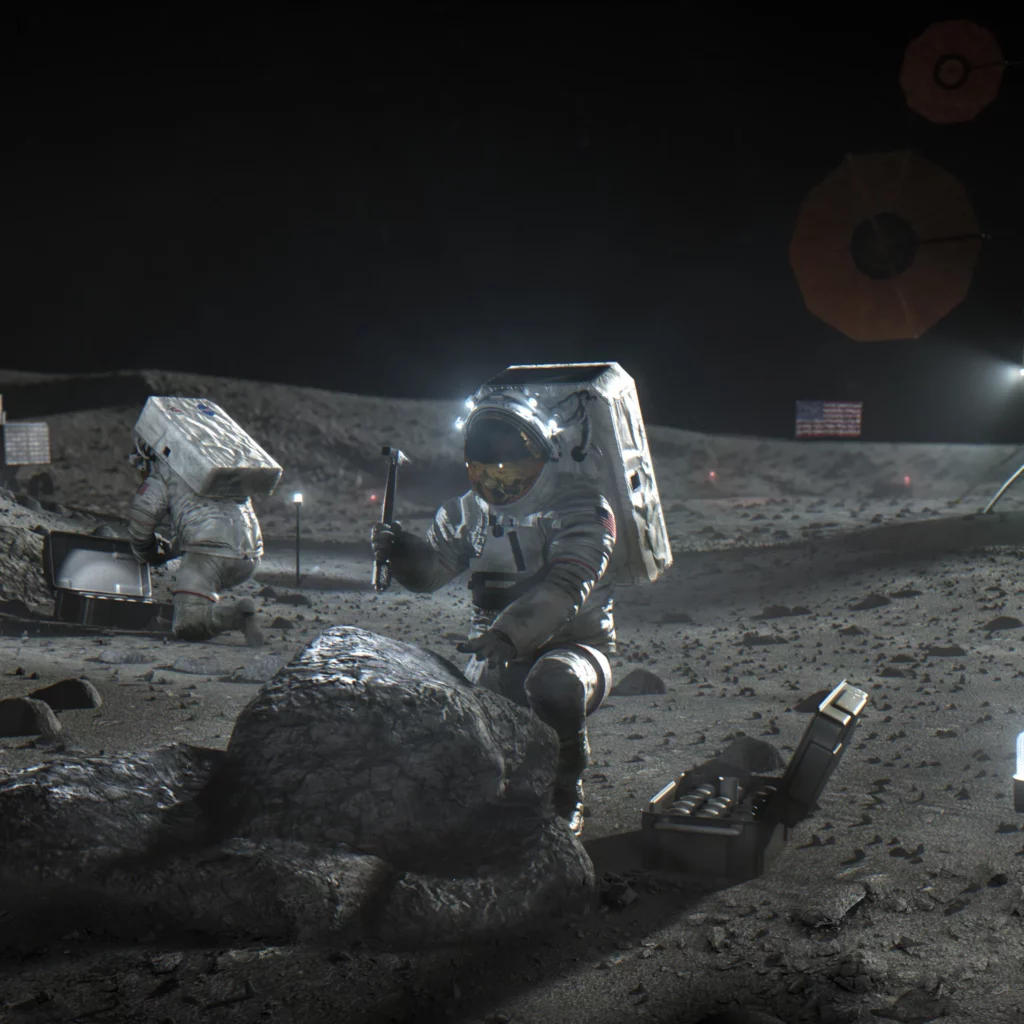
These activities, aptly labeled EVA (ExtraVehicular Activities), are paramount to the operation of manned missions. However, due to the risks they pose, their importance, and the “human factor” (we’re not perfect!), they can be incredibly stressful. This is especially true for the astronauts performing these activities. To make matters worse, an astronaut under great stress may underperform or act in less-than-logical ways. To ensure an accurate understanding of the situation and reduce the chances of an unsuccessful EVA or an unexpected health issue for the astronaut, monitoring of stress is therefore crucial. But how can we measure stress?
The MEEVA Project
This is where MEEVA comes in. MEEVA (Medical Equipment for ExtraVehicular Activities) is an undervest designed to measure stress and make analogue astronaut’s (more on that later) experience more comfortable. More specifically, it is a system designed to measure the AA’s (analogue astronaut’s) vital parameters and inform the MCC (mission control center) the health status of the AA, as well as an estimate of their physiological stress. But how does it do this?
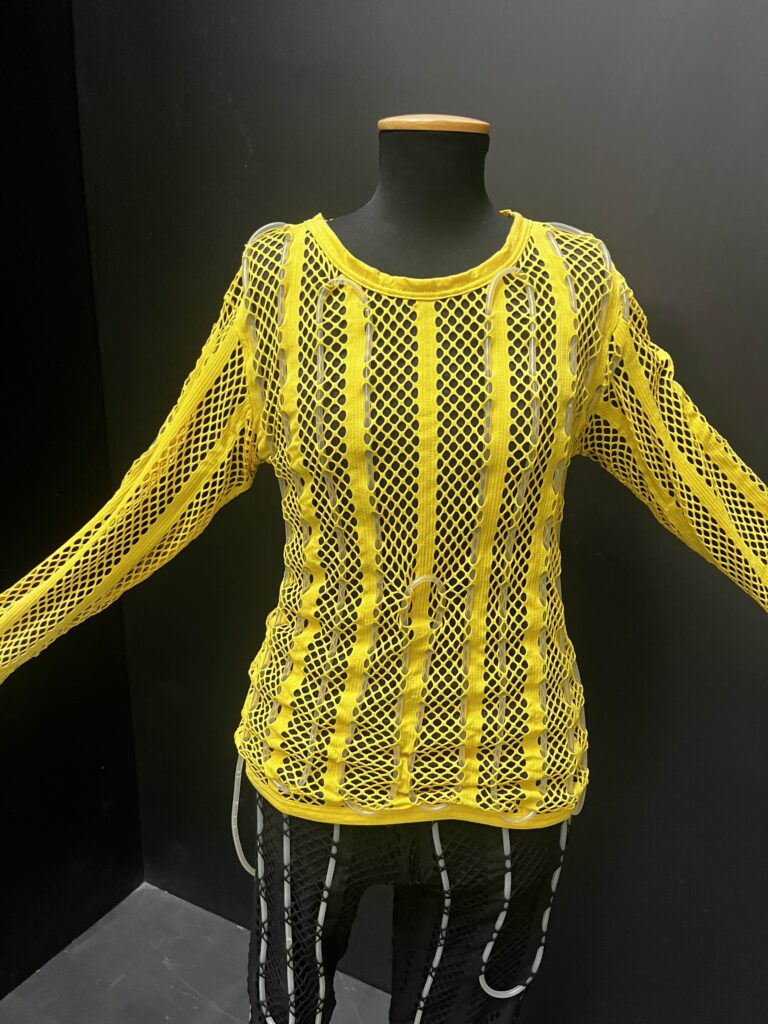
The undervest includes a series of strategically located sensors to provide real-time data on heart rate, skin temperature, core temperature, and CO2 concentration. These serve not only to measure the physical condition of the analogue astronaut but to estimate stress in a quantifiable manner, allowing the careful monitoring of this important aspect of human activity. An extra step is also taken to ensure that the psychological factors of stress are considered, with a questionnaire to be filled in after each EVA.
Additionally, the garment also includes a temperature control system, allowing the cooling of an overheating analogue astronaut. Particularly MEEVA includes a series of channels containing circulating liquid coolant, which extracts the heat and transports it to a phase change material where it is stored. By drawing away heat from the AA, the internal overheating is handled, whereas the astronaut suits (analogue or not) are in general enough to handle heat retention, by virtue of being great insulators.
Analogue Missions and Astronauts
Our team worked hard to design this system, creating models and running tests to validate each change and design decision. Nevertheless, it’s hard to get things perfect right away, and extremely easy to miss something crucial. This is especially true with complex environments (like space) or when humans are involved (turns out we’re kind of hard to predict). Whilst MEEVA is designed for analogue missions, and thus does not have to deal with such extremes as those found in space, it still must deal with harsh environments and possible human error. So how do we make sure the design works correctly? Surely, we don’t just stick it on an analogue astronaut and call it a day. It’d be quite rash and could result in wasting money and time. Overall, not a great idea. Nevertheless, we need to ensure we don’t miss a critical aspect. So, what did the MEEVA team do? Stick it on an analogue astronaut! Well, not quite, more like show it to the analogue astronauts and get their preliminary opinions before they headed out into their mission. In this way, some more adjustments could be performed to be as ready as possible. But just what is an analogue astronaut?
Put simply, an analogue astronaut is the equivalent of an astronaut on a space mission, except for an analogue mission! Makes sense, right? Except, well, what is an analogue mission? An analogue mission is a simulated space mission conducted without actually going to space, but rather staying here on earth. The idea is to replicate certain conditions faced in space, notably isolation, confinement and remote operations. The objective in these missions, then, is to test space equipment, procedures, and human factors before actually deploying into a significantly more dangerous space mission. In doing so, these missions help identify potential issues, improve designs, and develop strategies to handle the complexities of often long and arduous space travel. Since MEEVA was designed for analogue scenarios, it did not have to take into account some aspects unique to space, such as material restrictions due to outgassing. Nevertheless, it therefore served as a self-contained piece of equipment for analogue missions, and even a possible proof of concept for space missions! As for analogue astronauts, they then are the individuals who participate in these environments, putting themselves through simulated harsh conditions to find out firsthand how well protocol and equipment responds to missions as planned.
Asclepios IV
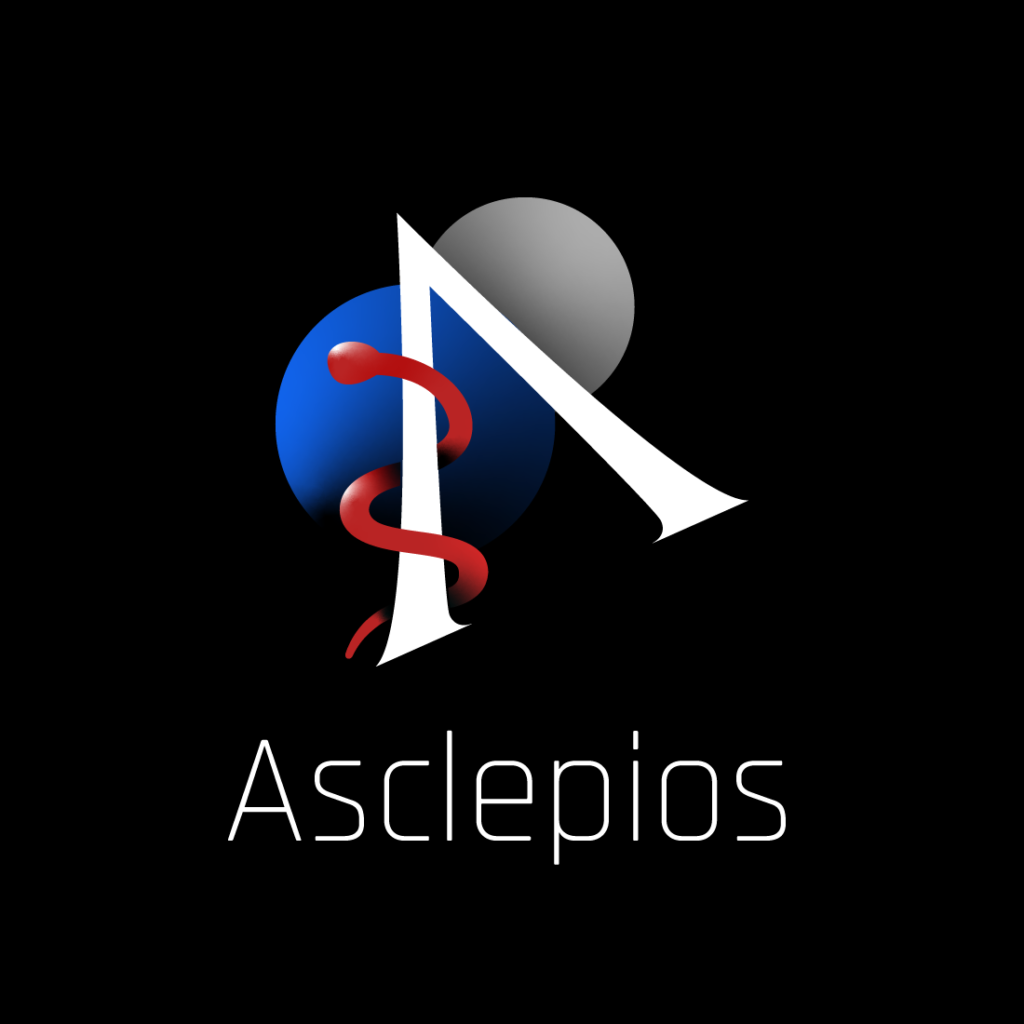
This is where Asclepios comes in. Initiated in 2019 as part of the Space@yourService initiative, Asclepios is the first for-students by-students organization dedicated to organizing analogue space missions, focusing on simulating exploration of other celestial bodies. Recognized as an independent association by EPFL, and counting with backing and collaboration from academic institutions, scientists, and other industry partners, Asclepios pushes the industry forward with all their passion about space sciences and invites anyone with the same drive to do the same.
Following the success of its initial missions, Asclepios launched its fourth missions, Asclepios IV, in July 2024. This mission simulated a lunar base, with student analogue astronauts undergoing extensive training to perform highly specialized projects and experiments. Particularly, the crew spent two weeks in a simulated lunar base in Switzerland, engaging in simulated EVAs, maintaining and repairing the base, conducting scientific experiments, and communicating with their MCC. During this mirroring of the operations of an actual astronaut crew, PoliSpace had the privilege of equipping the analogue astronauts with MEEVA systems.
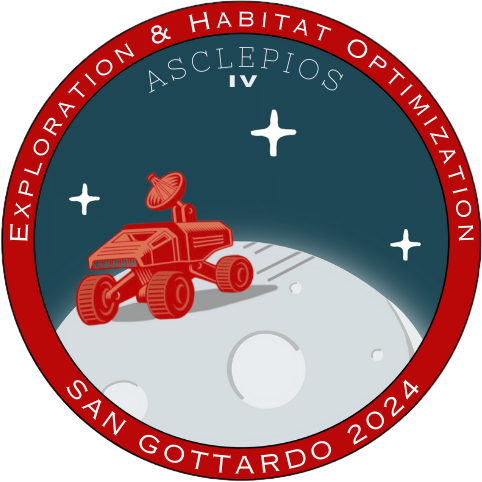
As of this test, the CO2 sensor was not yet utilized, nor were data measurements utilized for stress estimation. Indeed, Asclepios IV serves to test our very first prototype! As such, the first priority was checking that all basic functionality (for instance, data collection and thermal control subsystem) was working, giving priority to hardware. Nevertheless, the information we could gather from such an opportunity was incredibly important! Particularly, the impact of the interactions between our vest and the analogue space suits (which we did not have access to prior) stood to reveal if functionality was as intended (for example, did the use of our vest impede mobility when also using the space suit?).
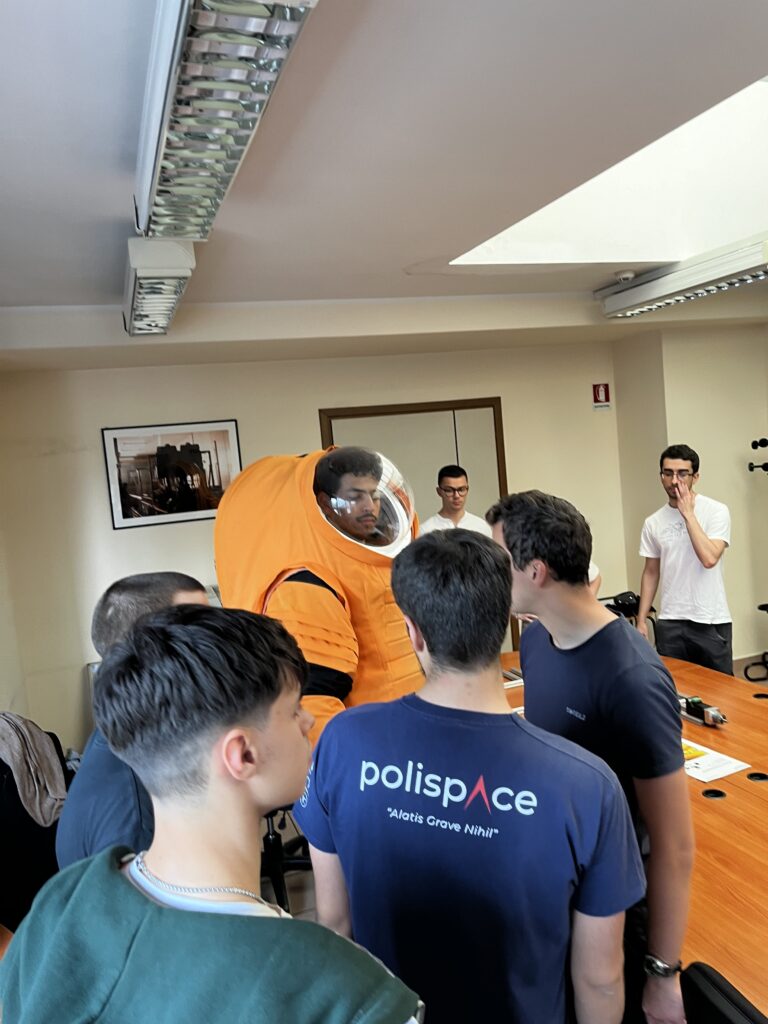
What's next for the team?
With this in mind, we are currently working on processing all the valuable feedback and data that the mission granted us. After Asclepios’ and our hard work, we are eager to keep working and further push our ideas and technologies. The Tower EVA during Asclepios IV was crucial for the MEEVA team, presenting us precious information about the conform and reliability of the system during intense analogue astronaut activity. Feedback so far has been really positive, and it looks like MEEVA performed adequately! Whilst we are still waiting for final reports by each analogue astronaut, future improvements are already being discussed based on the data processed so far and immediate feedback, so stay tuned for further updates! Indeed, we have established some improvement points and over the course of the next year we will move from our current prototype to a complete system, implementing solutions to all problems found and overall quality of life improvements. We’re looking forward to sharing our progress with you throughout the rest of this project!
